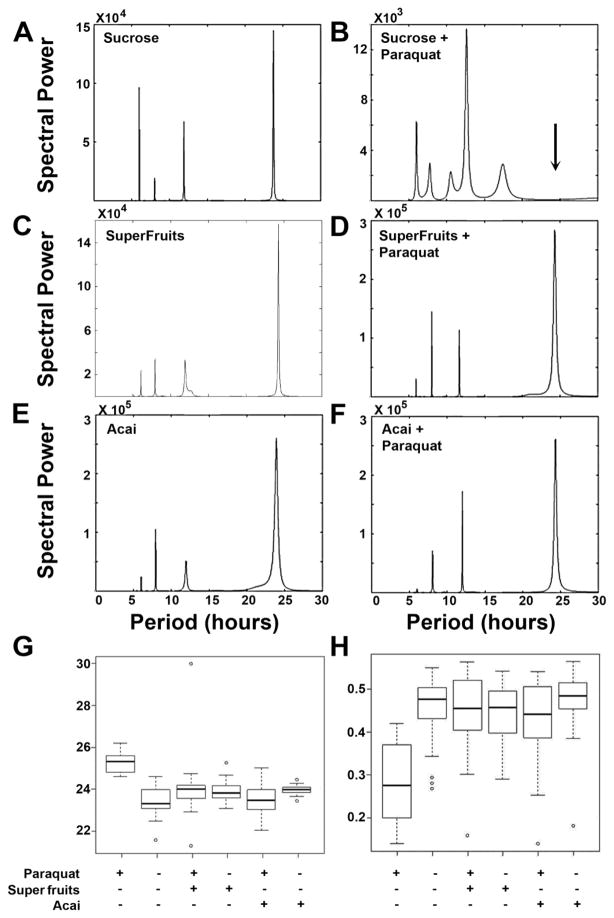Figure 6. Super Fruits and Açai restore normal circadian rhythm periodicity and rhythmicity in Paraquat treated animals.
(A–F) MESA spectra from typical records of fly activity in each test group. A: sucrose alone; B sucrose with 5mM Paraquat. The spectrum from the control animal is simple with a major peak at about 24 h (Tau) with a rhythmicity index (RI) of 0.54. In B, the fly given 5mM Paraquat in sucrose has a spectrum with multiple peaks. Using the convention making comparisons of these very ill flies (assuming bimodality) the dominant peak at 12.6 h was doubled to yield 25.2. RI was only 0.32. C: Flies fed Super Fruits had a clean spectrum with Tau = 24.3 h, RI = 0.52. D: Flies given Super Fruits and 5 mM Paraquat has a good clean spectrum with Tau = 24.3 h and RI = 0.42. E: Flies given Açai, Tau = 23.9 h and RI = 0.52. F: Flies given Açai and 5 mM Paraquat has a clean spectrum with Tau = 24.3 h and RI = 0.50. (G) Boxplot of Tau for all results, dark lines are the medians, the boxes are ± the first quartiles and the whiskers are ± the largest and smallest within the normal range. Small circles are outliers. Treatments are shown below. (H) Boxplot, as in G, for RI.

